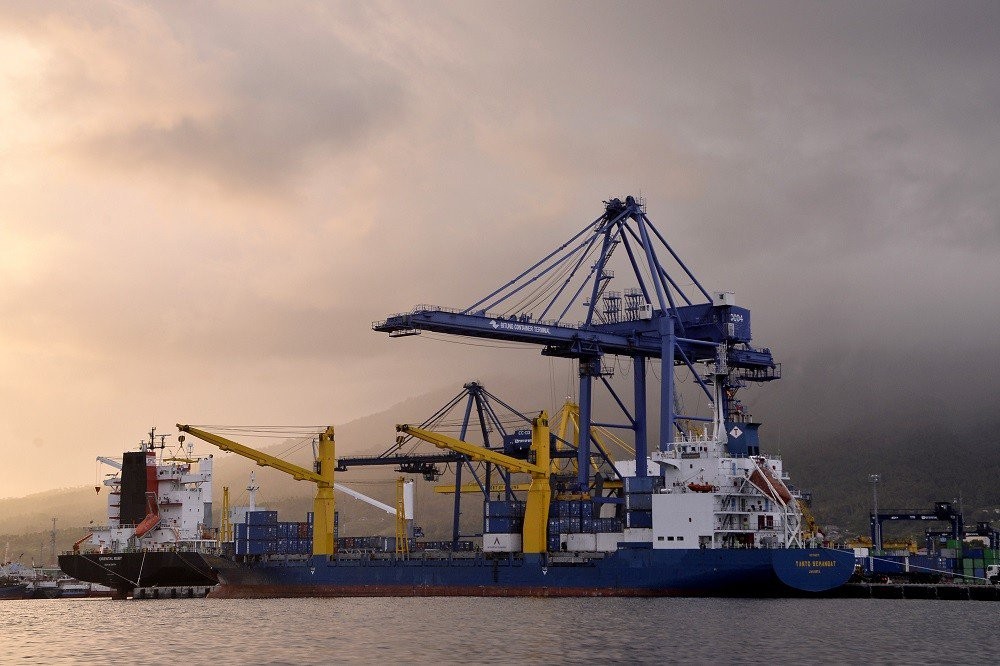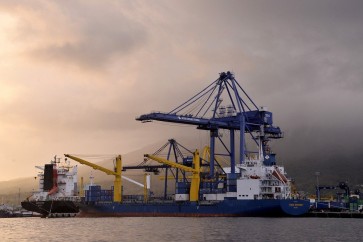Indonesia: 'Twin deficits' still a brake on high growth ambitions
Indonesia has basically stuck to the confines of the wellworn trade-off between maintaining stability and pursuing faster growth.
Change Size
 A ship discharges cargo at Bitung Cargo Port in North Sulawesi in October 2016. (Antara/Adwit B. Pramono)
A ship discharges cargo at Bitung Cargo Port in North Sulawesi in October 2016. (Antara/Adwit B. Pramono)
T
hings are gradually improving for Indonesia’s economy. Policymakers have successfully assuaged financial markets of their macroeconomic stability credentials (for now) and economic growth seems to have stabilized at a still robust 5 percent.
Hopes are high that the bottom of the cycle has been reached and growth will start to accelerate. Some expect growth to lift towards the mid 5 percent range over the next few years.
President Joko “Jokowi” Widodo is of course hoping to do much better to reach the 7 percent plus target he originally set upon winning office.
His agenda of deregulation and infrastructure investment is certainly on the mark in terms of policy focus — there’s no doubt these are among the most pressing issues. Much will depend of course on successful implementation. So far there appears to be good progress on the former while progress on the latter may be improving.
This gives some hope. But even if Jokowi is very successful in this agenda, the economy may quickly run into another constraint — its current account (balance of trade and other income) and fiscal deficits. These “twin deficits” played a key role in the growth deceleration that started a few years ago and have so far only been partially unwound.
The current account deficit (CAD) has fallen from a peak of 3.2 percent of gross domestic product (GDP) in 2013 to just under 2 percent today. A common rule of thumb is that Indonesia needs to keep the CAD below 3 percent of GDP to avoid instability risks, so there is now some head room but not a lot. Meanwhile the fiscal deficit has become even bigger and is now virtually at the legal limit (3 percent of GDP), expected to come in at 2.6 percent of GDP this year.
The two deficits are of course interrelated. Many blame the still large CAD on supply side problems limiting the response of manufacturing exports to a more competitive exchange rate. That’s certainly part of the story. However, the fiscal deficit seems to be the bigger culprit.
















